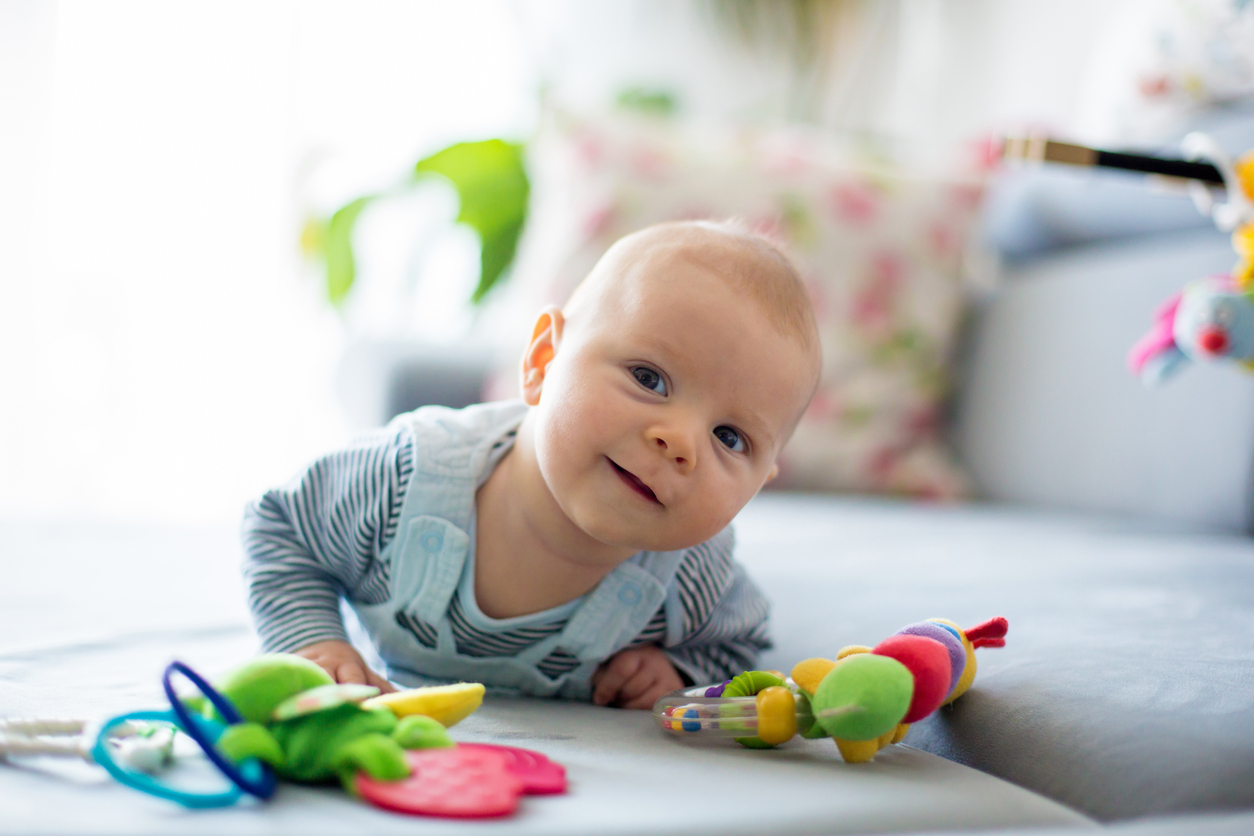What if you could choose which days to be sick? Now let’s be real, you…
3 Misunderstood Signs of Developmental Imbalance
You will become a hypochondriac.
This statement is common-knowledge for anyone taking classes to become a healthcare professional. As you apply your learning, you will self-diagnose 20+ conditions, whether they are real health conditions or ones you made up. As we learn about new things, it is common to start seeing or experiencing that newness everywhere. You buy a new Ford Focus, and suddenly everybody on the road has a Focus. For things that we haven’t experienced or don’t understand, we tend to apply labels like “normal”, “it’s just the way it is” or “that’s how I was growing up”. In working with child development, I experience these both. While grocery shopping and running errands, I’ll see or hear about kids having meltdowns in the middle of the store, toe-walking, walking too early or too late, struggling to read or write, can’t ride a bike or incredibly hyperactive. And all of these and more are explained away with one simple belief – “that’s just who my child is”.
We say that because we’ve been told that by society – family members, Pampers commercials, our pediatrician, or our brain defending the possibility that something could be wrong with our child. Fortunately, more and more health care providers are understanding the role of proper child development in relation to these “common” signs of an imbalance in function. Repairing the imbalances is possible with a little time and patience, but how do we know there is a problem in the first place?
Impulse control
One of the key elements of early development is impulsivity. It is a sign that the brain is still building its foundation and hasn’t connected all of its parts. Think of impulsivity in terms of being reactive, as opposed to processing and making the appropriate response. A child with impulse control problems is going to function much like a sleep-deprived person:
- hard to focus
- poor memory
- irritability/outbursts
Lack of impulse control can be very obvious, such as in kids with ADHD, aggression and fidgeting. It can also be more covert, expressed as reading/writing difficulty, OCD and worry. When kids work on building the pathways that control and regulate how the body functions, often their behaviors improve and school becomes easier.
Clumsiness
Children will be clumsy any time they learn new skills – crawling, walking, running, sports and riding bikes. But they shouldn’t be injury-prone for life. Clumsiness is a sign that there is an issue with the development of spatial awareness. Your child shouldn’t run into walls or always be covered with bruises. Spatial awareness is responsible for knowing where your body is at in space. It tells your body to balance and not trip over objects, slow down before it hits the wall, learn how to read and write, and understand how close to be to someone without being in their personal space. Kids with spatial awareness issues may also have changes in their muscle tone, experience motion sickness or have a difficult time with sports.
Posture Deviations
Posture is such a great tool to identify an imbalance in how the nerve system functions, when you know what to look for. The most obvious sign that the body is not communicating well is a slumped posture. Slouching says that muscle tone is low and disrupts the body’s ability to send messages to the brain (energy) and let the brain know about spatial awareness. Long-term slouching leads to a forward translation of the head, disrupting important feedback from the upper neck muscles, headaches and neck bone arthritis. Next, look for one shoulder to be higher than the other and the head to be tilted to one side. These both indicate an imbalance in muscle tone, as well as spatial awareness. Having an imbalance in muscle tone causes the body to compensate during activity, which can lead to an increase in injuries. Lastly, look at the eyes for pupil size and eye position. Kids with large pupils often struggle with anxiety, outbursts, chronic illness or motion sickness.
All children will go through similar stages of development – changes in making eye contact, arm flapping, babbling, irritability/outbursts, and clumsiness, to name a few. These are normal actions that take place when a child is learning how to use their body, where they are at in space and pruning their brain to fine-tune an overabundance of connections it is no longer needing. But these stages should also be progressive and change. Awareness is the key to identifying and understanding when or if there is in imbalance in a child’s development.
Heartland Chiropractic and Wellness Center is here to help you understand the changes our children go through as they develop. Schedule a consultation or attend one of your in-office or online workshops to understand more about how your child is functioning.



